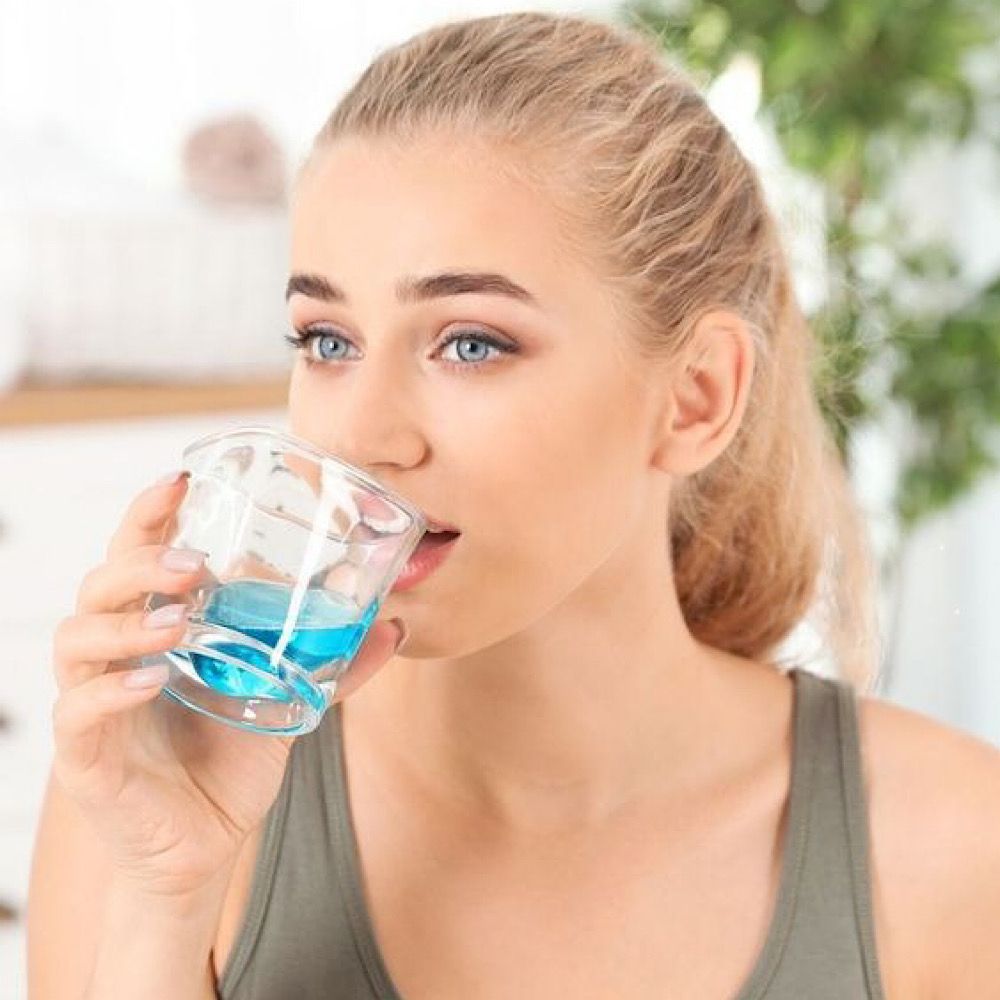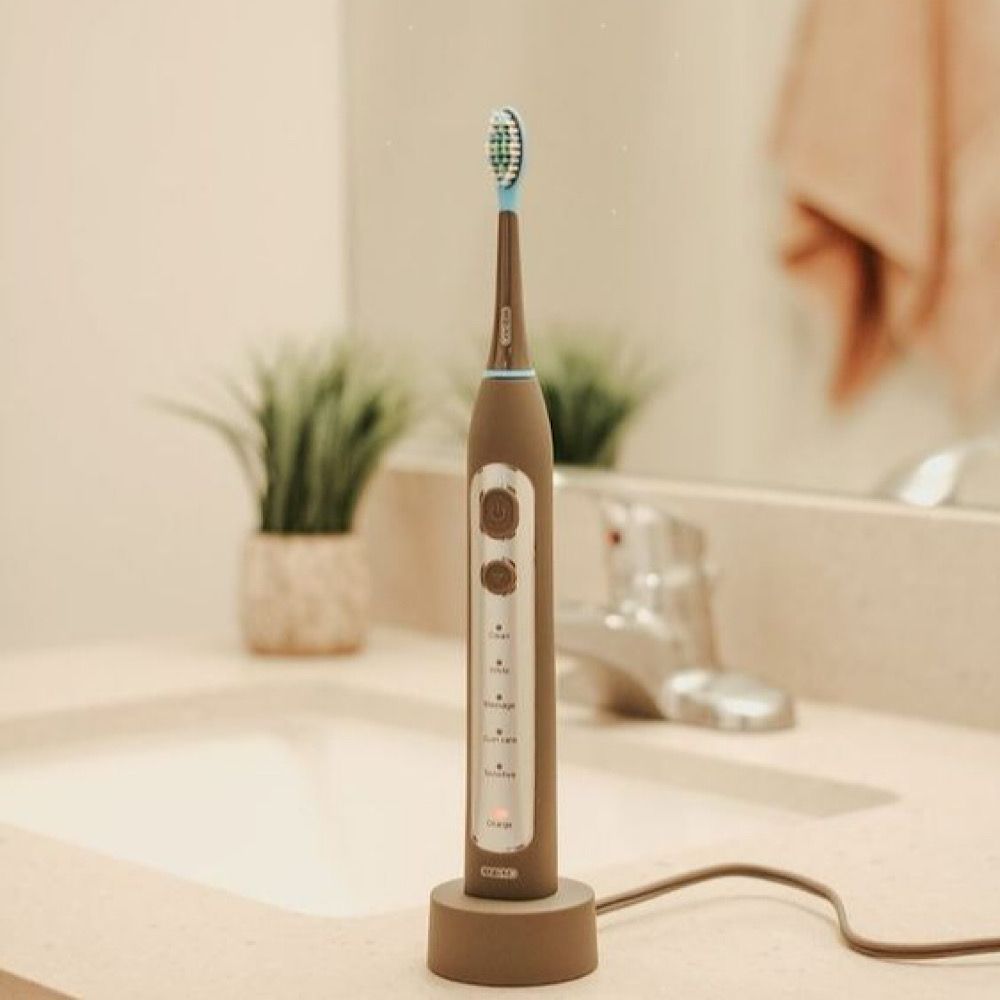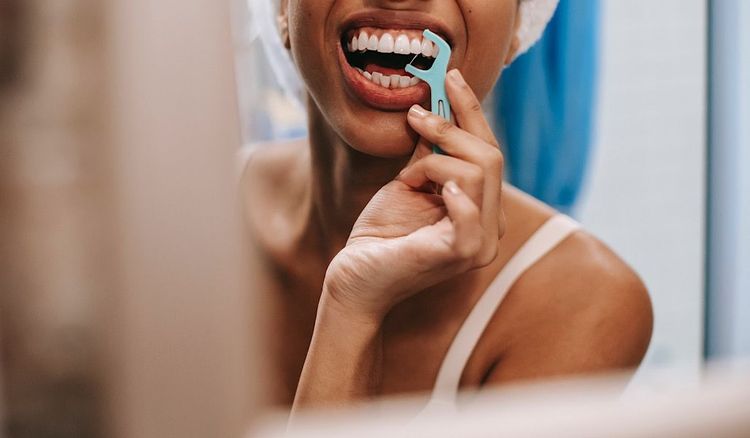How To Make Your Teeth Whiter With Braces In One Day?

A bright and sparkling smile is a symbol of beauty and good health, but if you're wearing braces, you may feel self-conscious about the appearance of your teeth, especially if they appear yellow or discolored.
While achieving dramatic results in just one day is not possible, there are steps you can take to prevent staining and maintain good oral hygiene.
From brushing and flossing regularly to avoiding certain foods and drinks, we will cover everything you need to know to maintain a bright, healthy smile throughout your orthodontic journey.
Here are the tips to make your teeth whiter with braces:
1. Brush And Floss Regularly.

Plaque is a sticky film of bacteria that can accumulate on teeth, leading to decay, bad breath, and discoloration.
How we can remove plaque?
Well, it is recommended to brush your teeth at least twice a day with fluoride toothpaste. However, when you have braces, plaque can hide in more places, making it more challenging to brush effectively. To ensure thorough cleaning, focus on the chewing, front, back, and areas around braces and wires while brushing. Use a toothbrush with soft bristles and be gentle to avoid damaging the braces or gums.
In addition to brushing, flossing once a day is essential for maintaining excellent oral hygiene and preventing plaque buildup.
However, flossing can be more challenging with braces as the wires and brackets can obstruct your path. There are specialized tools available, such as floss threaders and interdental brushes, to help you clean between your teeth and under the wires.
2. Use A Whitening Toothpaste.

Special chemicals in whitening toothpaste can help remove surface stains from your teeth.
While this toothpaste won't provide noticeable benefits right away, over time, it can help your teeth appear a little brighter. When shopping for whitening toothpaste, look for those with the American Dental Association (ADA) Seal of Acceptance and labels stating they are safe to use with orthodontics.
Avoid using toothpaste that is too gritty, as it can harm your tooth enamel and increase the likelihood of yellowing.
To use whitening toothpaste, apply a pea-sized amount to your toothbrush and brush your teeth for two minutes, paying close attention to the areas near your braces. Brush gently to avoid damaging the brackets and wires. After brushing, thoroughly rinse your mouth with water to remove any leftover toothpaste.
It's important to remember that using whitening toothpaste should always be done in addition to frequent brushing and flossing. While it can help remove surface stains, it cannot prevent plaque formation or eliminate deep-set stains.
3. Avoid Foods And Drinks That Can Stain Your Teeth.

Dark-colored berries, red wine, black tea, and coffee contain pigments that can adhere to your teeth's enamel and discolor it.
Other acidic foods and beverages, such as tomato sauce, soy sauce, and balsamic vinegar, can erode the enamel and make it simpler for spots to adhere.
If you want to avoid or restrict them because they can stain your teeth, try to ingest foods and beverages in moderation or with a straw to reduce contact with your teeth. Afterward, drink a lot of water to help clear away any acid or pigment residue.
4. Rinse Your Mouth After Eating Or Drinking.

The pigments from foods and beverages that can stain your teeth can adhere to the enamel on your teeth when you ingest them.
After eating or drinking, rinsing your mouth with water can help get rid of some of these pigments before they have a chance to settle in and create staining.
Simply swish a mouthful of water around in your mouth for about 30 seconds after ingesting foods or beverages that may stain your teeth.
You can try brushing your teeth or using an alcohol-free mouthwash in addition to rinsing your mouth with water to help get rid of any leftover germs or pigments
5. Electric Toothbrushes.

Electric toothbrushes provide a more thorough cleaning than conventional manual toothbrushes by using electricity to spin or vibrate the brush head.
Many electric toothbrushes also offer extra features such as timers, pressure sensors, and a variety of brush head options.
For individuals with braces, electric toothbrushes can be an excellent option for teeth whitening as they help remove surface stains and prevent plaque buildup, which can cause teeth to yellow.
Additionally, the bristles of electric toothbrushes are better suited to cleaning between brackets and wires than those of manual toothbrushes.
Electric toothbrushes can also offer a more consistent brushing experience as they remove the guesswork of how long and how hard to brush. Some electric toothbrushes even have a specific whitening mode that utilizes vibrating pulses to help break up and remove stains.
The health and appearance of your teeth are a long-term investment. We can't promise you pearly whites in just one day, but if you're willing to focus on good oral hygiene practices and making small changes to your diet and habits can have a significant impact over time. In the meantime, keep brushing, keep flossing, and try not to eat too much spaghetti bolognese. Your braces will thank you for it!
Enjoy and happy reading!
